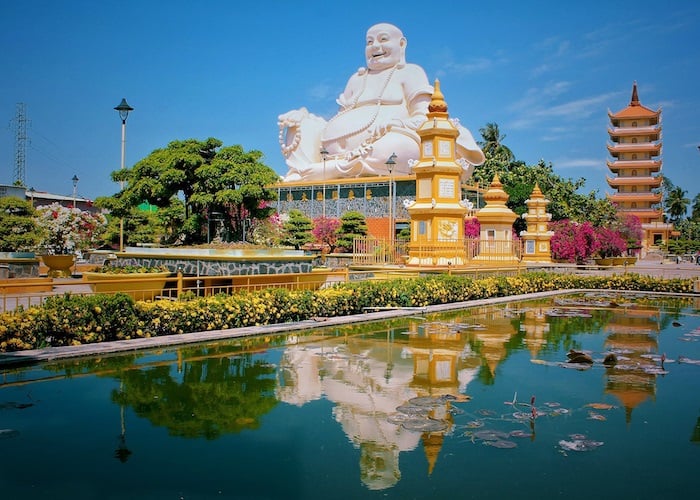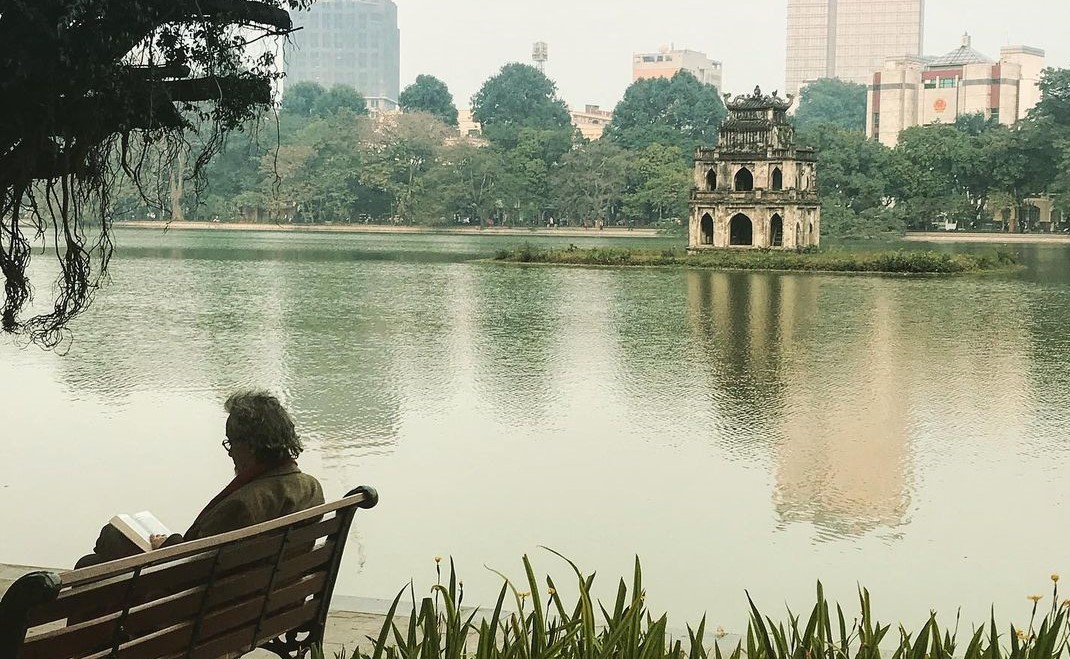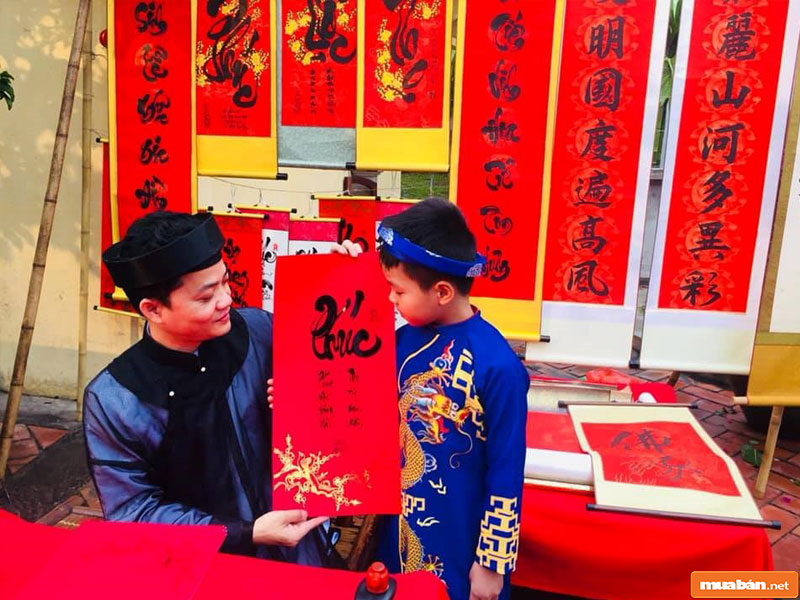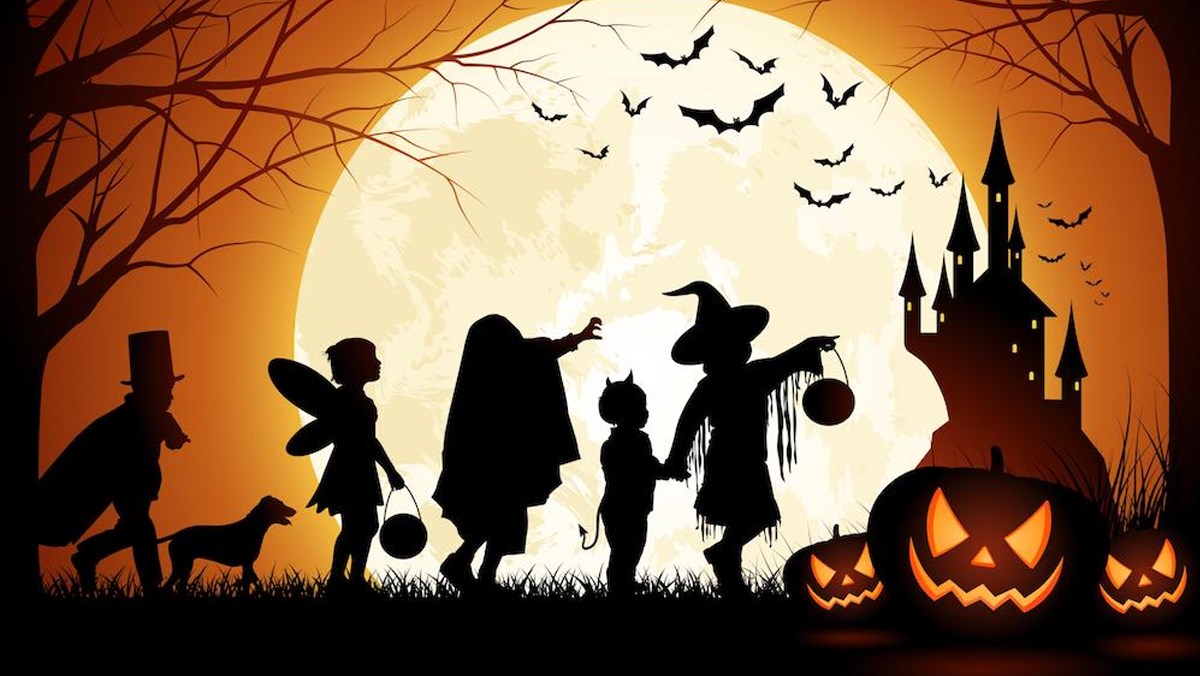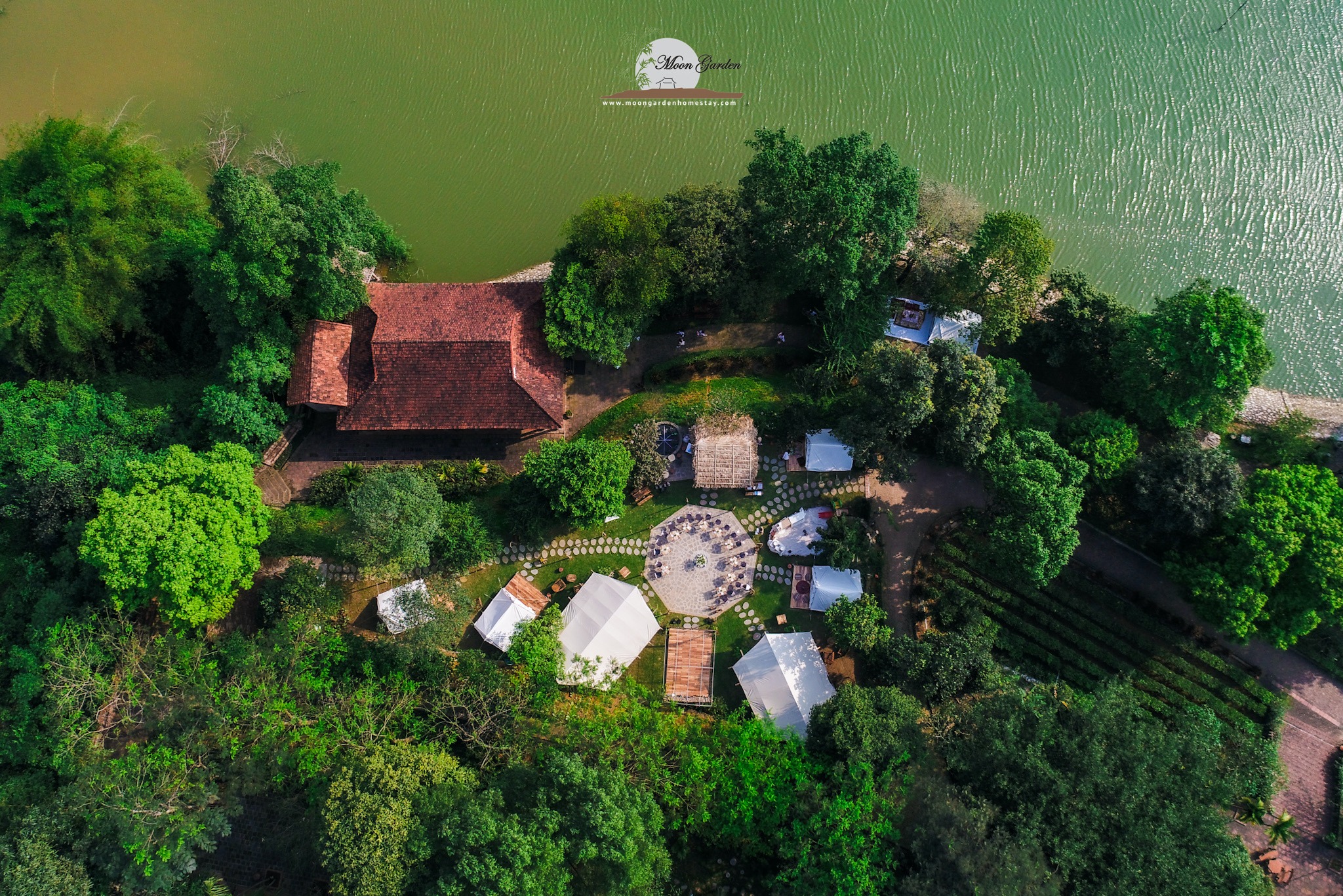Tet is the celebration that Vietnamese people use to welcome the transition between the old and the new year according to the lunar calendar. Tet is a significant festival for the Vietnamese, a time for everyone to gather and be with family. Additionally, Tet is an occasion for people to express their respect for Heaven and Earth, spiritual deities, and filial piety toward their ancestors. Vietnamese people perform various rituals and customs, with unique ceremonies that reflect the strong connection between humans and their origins.
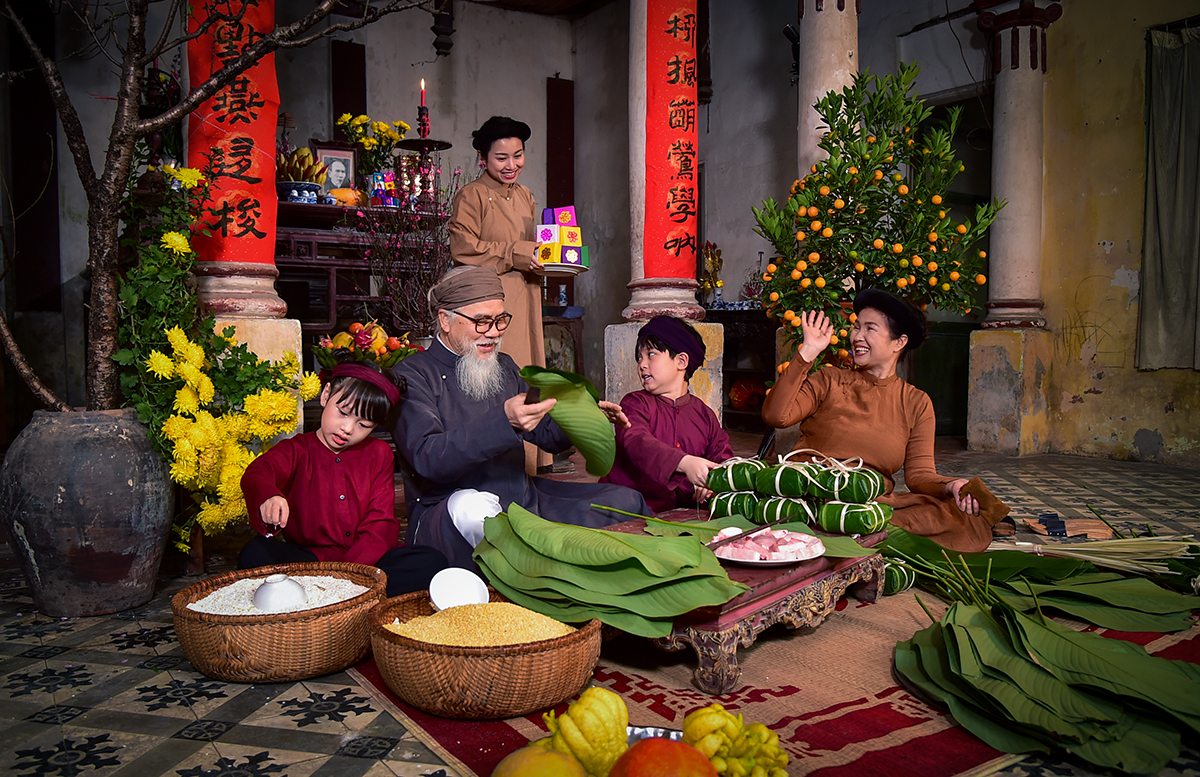
Join Passionate Travel to discover special things during Vietnam’s biggest holiday!
The origin of traditional Tet (Lunar New Year) in Vietnam
Tet according to the lunar calendar in Asia is the most significant and grandly celebrated day of the year for the Vietnamese people. Based on the lunar calendar, which is determined by the moon’s movements, each month begins with the appearance of a new moon. The new year commences with the moon appearing after the sun has risen above the southern tropic, marking the final sign in the three signs of winter. Tet is the moment that heralds the arrival of spring.
In Vietnamese, the word “Tết” or “tiết” often refers to festive occasions and joyful celebrations in Vietnam. What is particularly noteworthy is that on important days such as the Lunar New Year and the Vernal Equinox, the emphasis is not primarily on the day itself but rather on the Tet periods that come with various ceremonial rituals. These include Tet Nguyen Dan (Lunar New Year), Tet Thanh Minh (Grave-visiting Festival), Tet Han Thuc (Cold Food Festival), Tet Doan Ngo (Mid-Year Festival), Tet Trung Nguyen, Tet Trung Thu (Mid-autumn Festival), Tet Thanh Tuyen (Double Third Festival), and Tet Dong Chi (Winter Solstice Festival).
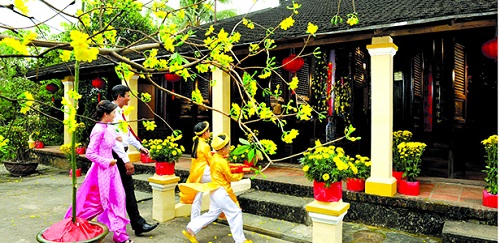
During the 8-day Tet period, Nguyen Dan is considered the first day of the new year, hence it is referred to as the Grand Tet. During Vietnam’s Tet celebrations, temples, pagodas, shrines, and ancestral altars are decorated for spiritual ceremonies. In individual households, people also prepare festive feasts, conduct ritual offerings, and engage in joyful gatherings.
The meaning of traditional Tet in Vietnam
Tet is a new beginning
Tet marks the moment that heralds the beginning of a series of significant events, the start of a new planting season, the commencement of a fresh period, and the initiation of a new year. Tet stands at the forefront of the rhythm of many periods, making the morning of the first day particularly sacred, serving as an auspicious omen for the positive events to come in the following months.
Tet is a time for family reunions.
For every Vietnamese person, Tet is not just an occasion for gathering but also a period of family reunification. Even those family members who work far away, no matter how busy, make an effort to return home to celebrate Tet with their families. Prior to Tet, everyone strives to complete work and resolve any lingering issues, creating the conditions for welcoming a new year in peace and happiness.
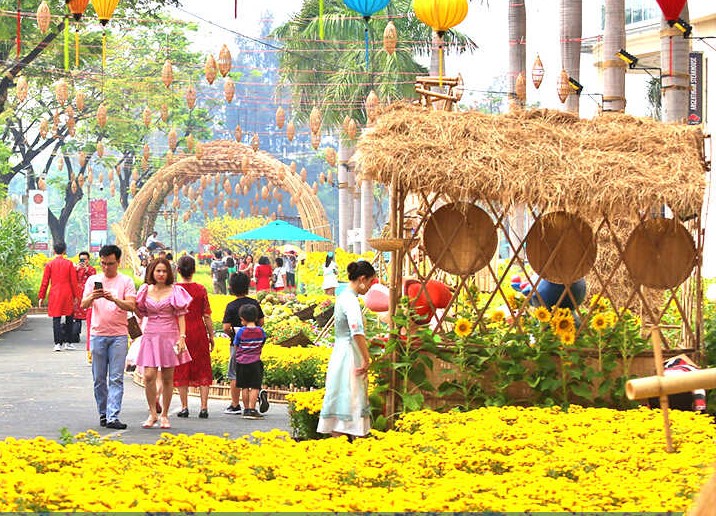
The days of Tet are when the whole family comes together to clean, decorate the house, make traditional cakes, light fires, and engage in many other activities to welcome the moment of transition to the new year and the fresh days ahead.
Tet is a time to reconnect with one’s roots and to ensure that the life force in one’s soul never loses its vitality. Every touch, laughter, and smile on the faces of loved ones are moments of happiness, making Tet truly special.
Even when the younger generation has to work far away and faces ceaseless busyness, they still make an effort to return home, reunite with their families during the warm Tet days. This is not only a tradition but also a part of the spirit, the strength of love, and gratitude for the moments spent together.
Tet is the moment to cast away all worries, failures, and anxieties.
In the final days of the year, the social atmosphere seems to transition from the hustle and bustle to the gentle melody of Tet.
From small towns to big cities, businesses close, and shops cease operations. People begin preparing for the most special moments of the year, where families and loved ones come together to enjoy the atmosphere of relaxation, joy and kinship.

Businesses and companies also halt all activities. Meetings, projects, and daily work are postponed. During this time, workers also experience temporary breaks to enjoy the Tet atmosphere with their families and loved ones.
Tet is a moment when society collectively takes a pause, exhaling the burdens of the mind, to enjoy a peaceful and happy moment with family. It is a time for reflection on past experiences, preparation for new challenges, and the enjoyment of the joy of togetherness through various activities.
Customs and activities on Tet holiday
Depending on the region, beliefs, religions, and local customs, traditional Tet celebrations vary across different localities. However, Tet customs in each place are generally divided into three periods: Year-end Gathering, New Year’s Eve and New Year.
Year-end Gathering
During this period, Vietnamese people engage in various activities such as seeing off the “Tống Cựu Nghinh Tân”, sending the kitchen god to heaven on the 23rd day of the twelfth lunar month, making Chung cakes and Tet cakes, decorating the house with flowers, arranging the Five-Fruit Tray, visiting ancestral graves, and conducting rituals for New Year’s Eve.
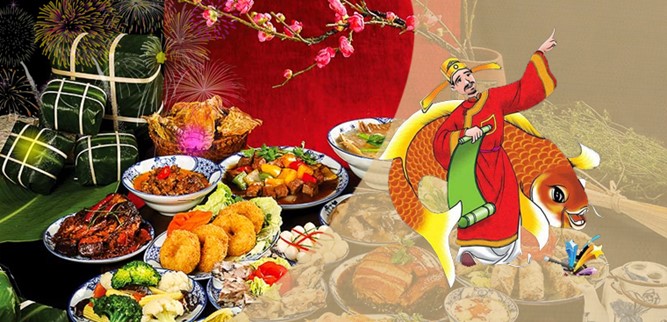
New Year’s Eve
New Year’s Eve is the most sacred moment of Tet. On the thirty-first night, families gather, reunite, discuss the past year, and plan for the new year. Activities such as First-Footing , New Year’s Greetings and give Lucky Money are performed to mark the transition from the old year to the new year.

New Year
The main day of Tet is a time for people to congratulate each other, exchange well-wishes, visit one another and express gratitude. Traditional activities like New Year’s Greetings and give Lucky Money symbolize unity and respect within the family and the surrounding community.
Characteristics Inseparable from Tet
As an annual grand celebration for the Vietnamese people, Tet Nguyen Dan is closely associated with distinctive images that are essential on this festive day. Below are some indispensable elements during Tet in Vietnam:
Chung Cake and Tet Cake
Chung Cake in the North and Tet Cake in the South are indispensable traditional cakes during Lunar New Year. They are typically made from glutinous rice, banana leaves and fillings such as bamboo shoots, green beans, and pork. These cakes symbolize good luck, prosperity and endurance.
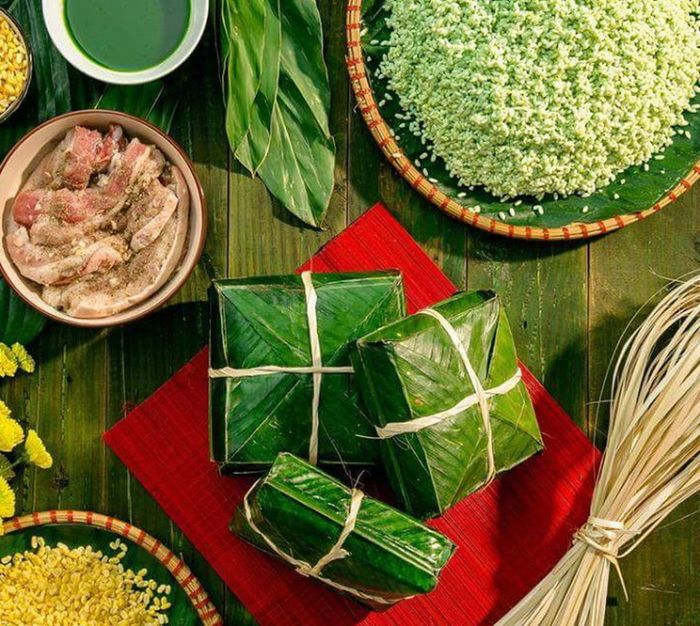
Peach Blossoms and Apricot Blossoms:
As Tet approaches, Peach Blossoms and Apricot Blossoms are prominently displayed and sold at the beginning of streets and market alleys. The yellow color of apricot blossoms symbolizes the warmth of the sun, joy, and prosperity. Meanwhile, peach blossoms carry the meaning of freshness, jubilation and happiness in the new year.
Red Envelopes
Red envelopes, or “Luckey Money” symbolize the exchange of good luck and fortune. Adults often give red envelopes to children and those younger than them as a gesture of good wishes and blessings.
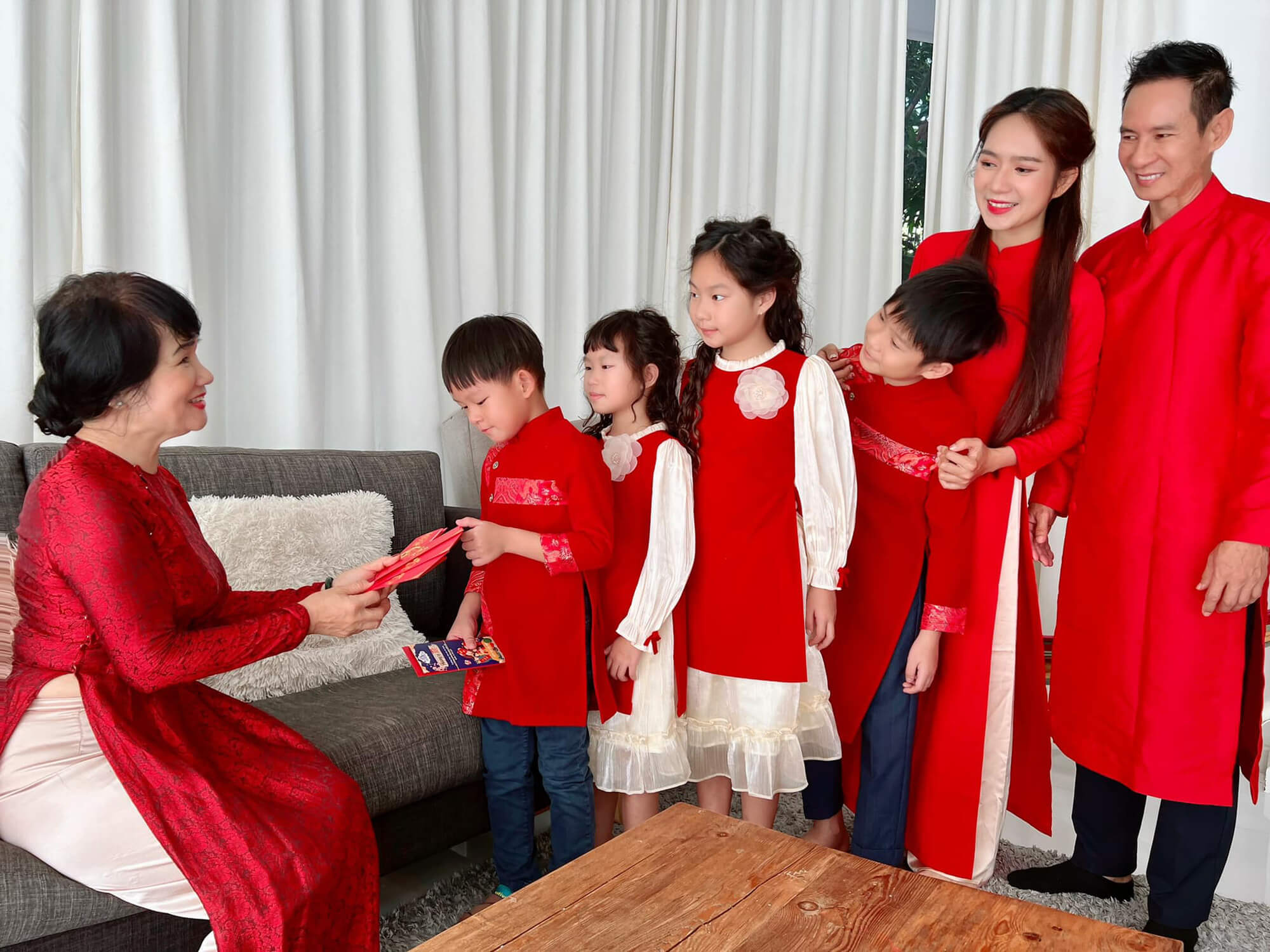
Five-Fruit Tray
Arranging the Five-Fruit Tray on Tet is not only a decorative ritual but also carries profound meaning regarding respect and gratitude towards ancestors. This action is a way of expressing the philosophy of “remembering one’s roots” and honoring the contributions of ancestors. The fruits also symbolize the fruits of labor throughout the year offered to those who came before.
Conclusion
On Tet holiday, Vietnamese people create a unique atmosphere, making every corner of the streets, each family, and the entire society warm and joyful. If tourists visit Vietnam during this time, they will experience a vibrant and festive atmosphere that reflects the rich cultural traditions and the spirit of unity and happiness that Tet brings.
Contact Passionate Travel
Hotline: (+84) 852 489 689
WhatsApp/Zalo: (+84) 852 489 689
Email: sales@passionate-travel.com

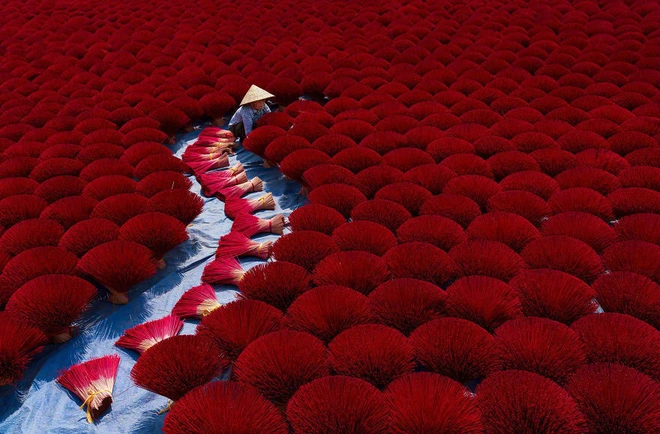 VIETNAM
VIETNAM LAOS
LAOS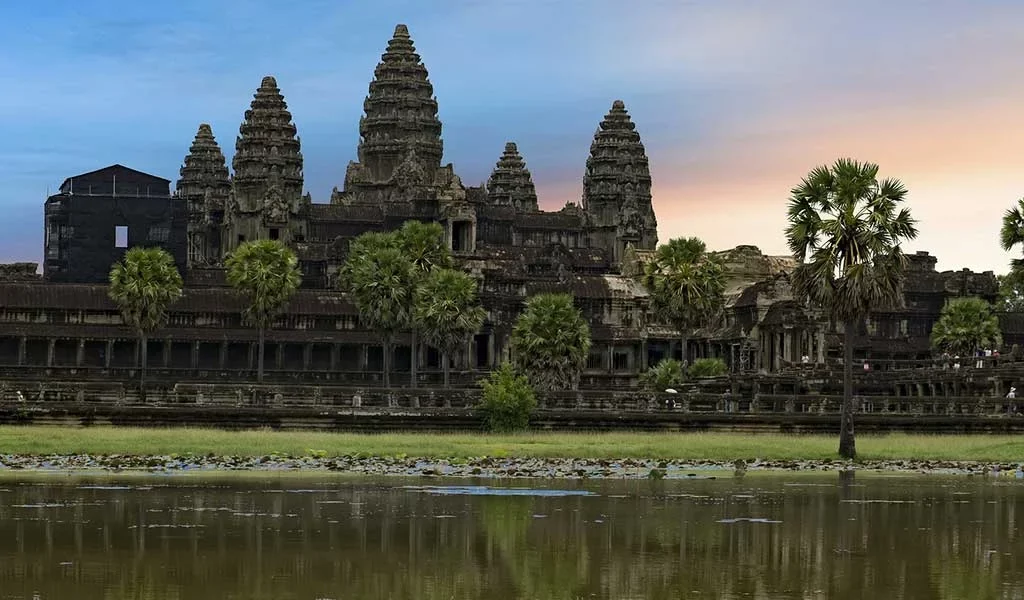 CAMBODIA
CAMBODIA THAILAND
THAILAND